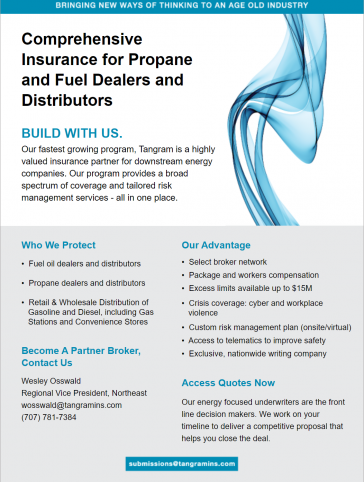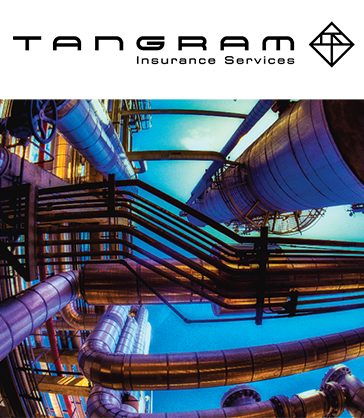How the Energy Sector Is Turning Toward Propane
Global demand for energy keeps rising. According to The World Counts, global energy consumption is expected to reach 740 million terajoules by 2040, representing a 77% increase from 2000. At the same time, political conflicts and climate change concerns are prompting many to reconsider the types of fuels they use. For several reasons, propane is emerging as an increasingly attractive option.
What Is Propane?
Propane is also called liquefied petroleum gas (LPG). According to the U.S. Department of Energy’s Alternative Fuels Data Center (AFDC), propane is a clean-burning alternative fuel that poses no threat to soil, surface water, or groundwater if spilled or released. Its high octane rating makes it well suited for spark-ignited internal combustion engines, and it’s been used to power propane vehicles for decades. It’s also used in home and water heating, cooking, refrigeration, clothes drying, and powering farm and industrial equipment. Despite these advantages, propane only accounts for about 2% of the energy used in the U.S.
The Energy Crisis
In late 2021, an article published in Brookings predicted that the current energy crisis could continue into 2022 with impacts on economics, the environment, and security. As the world recovers from COVID-19, increased energy demand is straining markets and causing prices to surge.
Then Russia invaded Ukraine. According to CNBC, energy expert and vice chairman of IHS Markit Daniel Yergin is warning that the conflict could trigger an energy market disruption on the scale of the 1970s oil crisis. “This is going to be a really big disruption in terms of logistics, and people are going to be scrambling for barrels,” Yergin said.
The Climate Crisis
Climate change and an increase in severe weather events are making many rethink energy consumption. The United Nations Secretary-General recently warned that “we are on a fast track to climate disaster” that could create an “unlivable world” with major cities under water, terrifying storms, water shortages, unprecedented heatwaves, and mass extinctions.
To reduce the impact of climate change, many are urging governments and businesses to cut back on carbon emissions from fossil fuels. According to the National Conference of State Legislatures, at least 16 states and Puerto Rico have created greenhouse gas emission reduction requirements through legislation, and other states have created greenhouse gas reduction goals through executive action.
The Advantages of Propane
Propane could help reduce dependence on foreign oil and the related potential for supply chain issues. The AFDC says that most of the propane that is used in the United States is produced in North America.
Also, although conventional propane is a fossil fuel, it is generally considered to be a relatively green alternative with a smaller carbon footprint and a lower environmental risk. According to the Canadian Propane Association, propane emits 60% less carbon monoxide than gasoline and 98% less particulate matter than diesel. It also contains almost no sulfur, which contributes to acid rain.
Furthermore, while conventional propane is a by-product of natural gas processing and crude oil refining, the AFDC says renewable propane produced from renewable feedstock is also being explored. Advanced Clean Tech News says nine million gallons of renewable propane were used in vehicles in the last two years. By 2030, 300 million gallons could be used.
Switching to Propane
The Propane Education & Research Council says that propane is an affordable way to meet energy needs while reducing emissions. It can be used in many different industries, including construction, agriculture, and transportation, and it may help reduce costs. For example, compared to diesel-fueled alternatives, propane-fueled irrigation engines can reduce hourly fuel costs by 45%.
There are also attractive incentives to encourage propane use. In residential construction, U.S. builders and remodelers may qualify for up to $1,500 per home through the Propane Construction Incentive Program in 2022.
Other industries are catching on as well. School Transportation News says that 1,000 U.S. school districts used propane autogas to fuel more than 20,000 buses in 2020, and the number of propane autogas school buses has increased by 960% since 2021.
Growing Demand for Propane
Whether you’re worried about the environment, global supply chain issues, or affordability, meeting energy demands can be difficult. Propane, including renewable propane, is emerging as one possible solution to many of the current challenges. As a result, demand for propane may increase.
Tangram Insurance Services offers a propane and fuel oil dealers insurance program that caters exclusively to this niche. Learn more.




